The Changing Landscape of Auto Insurance
The world of personal auto insurance is constantly evolving, shaped by an intricate blend of driver behavior, technological advancements, and economic pressures. For anyone seeking to understand or manage their coverage, recognizing these shifts is crucial. Today, modern driving trends auto insurance providers face a dynamic environment marked by new risks that directly impact premiums, claim frequencies, and overall market stability. This article will delve into these evolving factors, offering insights into what drivers and insurance providers in the U.S. need to know to stay informed and adapt.
The auto insurance market in the United States is currently grappling with increased claim severities and frequencies, while consumers are often seeing higher rates. This dynamic highlights the importance of understanding current trends to make informed decisions about your auto insurance coverage.
Generational Driving Habits and Emerging Risks
Recent data indicates a noticeable shift in driving behavior across different age groups, introducing new dimensions of risk for auto insurers. One significant trend is the rise in distracted driving violations, particularly among younger demographics like Gen Z. This behavior, alongside increases in both major and minor speeding violations across all age groups, points to a broader challenge in maintaining road safety. Such behaviors directly correlate with a higher likelihood of accidents, which in turn leads to more frequent and costly claims.
For example, statistics show a concerning rise in distracted driving. This habit not only endangers drivers and passengers but also contributes to rising insurance costs for everyone. Insurers are adapting their risk assessments to account for these evolving habits, emphasizing the importance of safe driving practices for maintaining favorable premiums.
- Distracted Driving: A significant contributor to accidents, with increases observed across various age groups.
- Speeding Violations: Both minor and major speeding incidents continue to trend upwards, impacting accident frequency.
- Changing Risk Profiles: The number of drivers on a single policy has increased, suggesting changing household dynamics and potentially overlooked risk factors during renewal periods.
Electric Vehicles: A New Frontier for Underwriting
The rapid adoption of electric vehicles (EVs) represents a transformative shift in the automotive industry, and consequently, for modern driving trends auto insurance. While EVs offer substantial environmental benefits, their distinct characteristics are introducing new considerations for claim frequency and severity. EVs often come with higher price tags, incorporate advanced technology, and feature specialized components that can make repairs more expensive and complex compared to traditional gasoline-powered vehicles.
Data indicates that claim frequency and severity for EVs can be notably higher than for internal combustion engine (ICE) vehicles. This is due in part to the specialized parts, the need for specific repair expertise, and the limited network of qualified repair shops. As EV sales continue to grow, insurers are actively working to understand and price these new risks accurately. Consumers considering an EV should be aware that insurance costs for these vehicles may differ, often being higher than for comparable ICE vehicles. For more information on how electric vehicles impact insurance rates, you can consult resources from the National Association of Insurance Commissioners (NAIC) or explore articles on the topic from financial sites like Bankrate.
Rising Claim Severity and Complexity in the Digital Age
Beyond changes in driver behavior and vehicle types, the overall cost and complexity of auto insurance claims continue to challenge the industry. Claim severities, or the average cost per claim, have steadily trended upward. This increase is driven by several factors, including the rising cost of vehicle parts and labor, as well as increased attorney involvement in accident claims.
Modern vehicles, equipped with advanced safety features and complex electronic systems, are more expensive to repair after a collision. Even minor accidents can lead to significant repair bills. Furthermore, the involvement of legal counsel in claims has been shown to contribute to higher settlement amounts, adding another layer of complexity and cost. Consumer satisfaction is also closely tied to the claim process, with lengthy resolution times and multiple points of contact often leading to frustration.
In certain instances, a significant percentage of collision claims are now resulting in total losses, requiring substantial payouts and increasing the demand for vehicle replacements or alternative transportation solutions for policyholders.
How Modern Driving Trends Auto Insurance is Responding to Market Shifts
Auto insurers are adopting multifaceted approaches to address the challenges presented by these modern driving trends auto insurance. Many carriers have implemented rate adjustments to better reflect the escalating costs of claims and the changing risk landscape. While these increases can be impactful for consumers, they are often a necessary step for insurers to maintain financial stability and continue providing comprehensive coverage.
Beyond rate adjustments, insurers are also refining their underwriting practices. This includes leveraging more sophisticated data analytics to gain deeper insights into driving patterns, vehicle risks, and consumer behavior. Telematics programs, which monitor driving habits, are becoming more prevalent, offering policyholders the potential for personalized rates based on their actual driving safety. Additionally, the industry is exploring new technologies and processes to streamline claims management and enhance customer satisfaction.
Navigating Consumer Behavior and Retention Challenges
In response to rate increases and the dynamic market, consumer behavior in the auto insurance sector is undergoing significant shifts. Many traditionally stable policyholders are now actively shopping for new coverage, leading to higher levels of policy switching. This intensified shopping activity presents both a challenge and an opportunity for insurers.
For consumers, this increased competition can be beneficial, as it encourages insurers to offer competitive rates and services. However, it also means consumers need to be proactive in reviewing their policies and comparing options. Retaining existing customers has become a key focus for insurers, as acquiring new ones can be more costly. Strategies to improve retention include enhanced customer service, personalized communication, and exploring loyalty programs.
If you’re looking to understand more about what influences your premiums and how to manage your auto insurance costs, our article Understanding Auto Insurance Premium Factors: What Drives Your Cost? provides valuable insights. You can also review general information about coverage on our Auto/Car Insurance page.
Strategies for Insurers in a Dynamic Market
To navigate the complexities of the current auto insurance market and adapt to modern driving trends auto insurance, insurers are employing several key strategies:
- Data-Driven Underwriting: Utilizing advanced analytics and predictive modeling to gain a more precise understanding of risk, allowing for more accurate pricing.
- Technological Integration: Investing in telematics, AI, and other digital tools to enhance risk assessment, streamline claims processing, and improve the overall customer experience.
- Customer-Centric Approaches: Focusing on proactive communication, transparent pricing, and personalized service to improve customer satisfaction and retention.
- Innovation in Products: Developing new policy offerings that cater to evolving needs, such as coverage specifically tailored for electric vehicles or usage-based insurance models.
- Operational Efficiency: Seeking ways to reduce operational costs and improve efficiency, which can help mitigate the impact of rising claims expenses.
As the auto insurance landscape continues to evolve, understanding these factors will empower both consumers and insurers to make informed decisions and adapt to the road ahead. For a more in-depth look at how these changes are impacting the market, you might find our previous discussion on this topic, New Auto Insurance Driving Risks: Are You Covered?, insightful.
Have questions? Contact us here.






